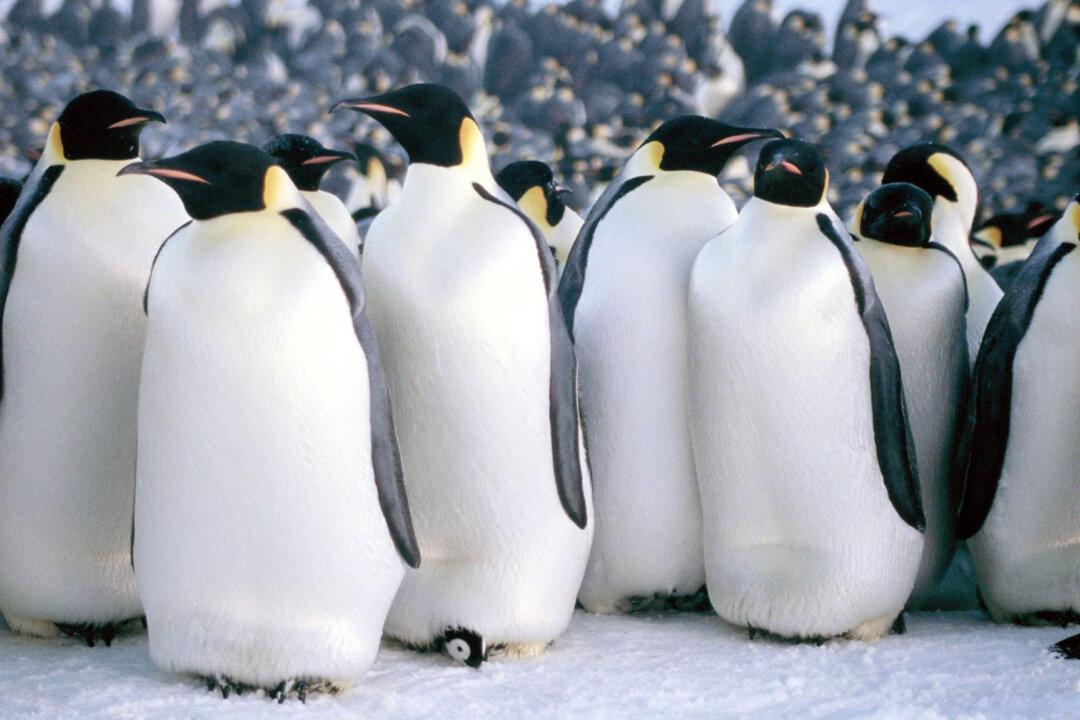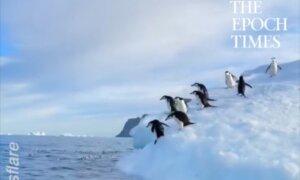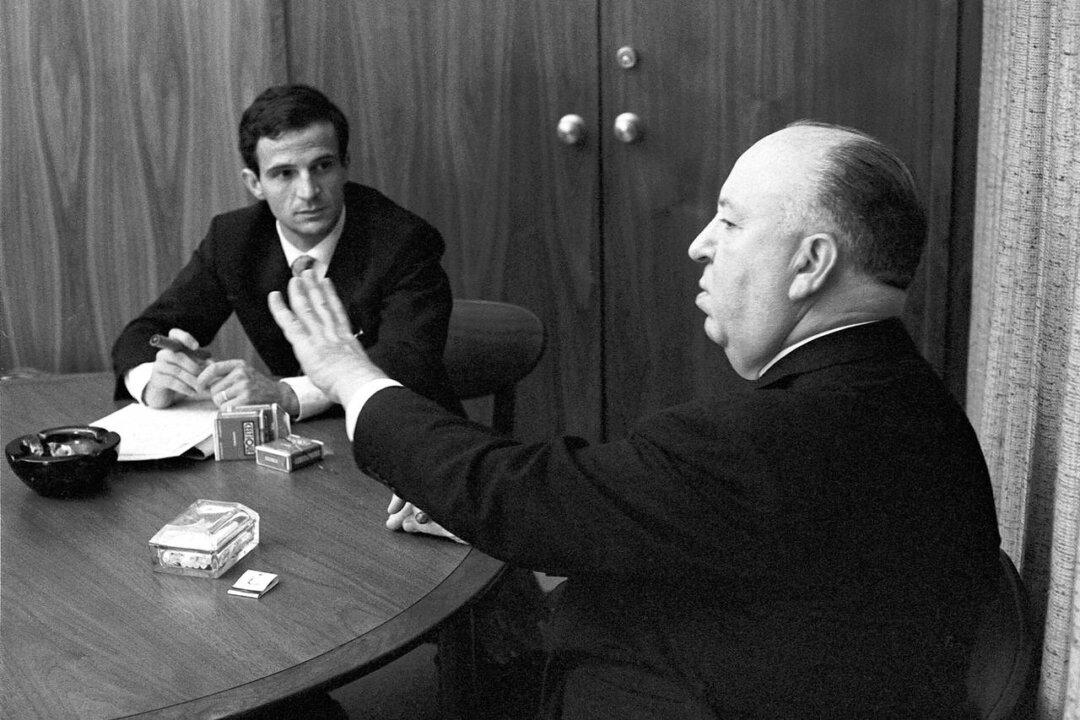G | 1h 20m | Documentary, Family, Nature, Mystery | 2005
As with the recently reviewed “Microcosmos” and “Winged Migration,” “March of the Penguins” (“March”) is an art house, French-produced nature documentary from the 2000s that defied all industry expectations and became a huge hit with mainstream audiences the world over.
When I say “defied,” I mean that on multiple levels. Documentaries are considered a niche genre targeted at adult audiences who favor off-the-beaten-path independent films. While the three titles mentioned earlier all fit that description, they also include lots of (mostly) cute animals doing their thing in projects with the type of high-end production values usually associated with live-action or major studio animated movies.
Because of the cute factor, superb narrative choices, and stupendous photography, family audiences quickly forget they’re watching “artsy documentaries.”
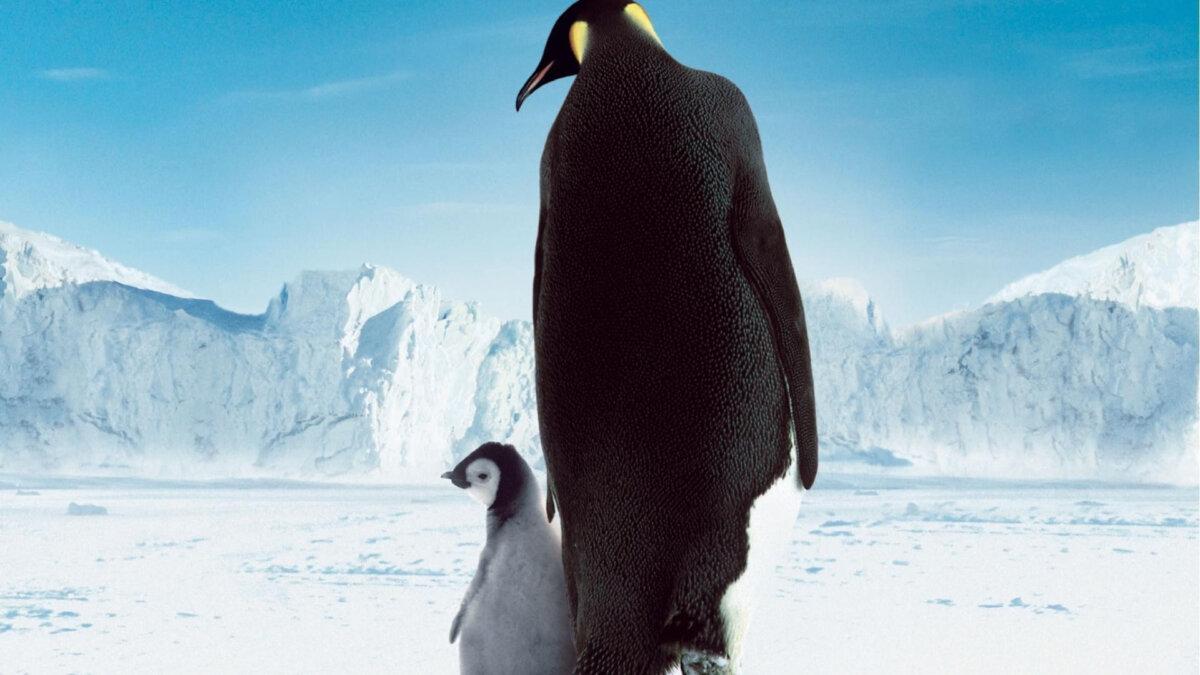
Not a Great Start
Financially speaking, things didn’t start out well for “March” (which ultimately won a Best Documentary Feature Oscar). On its opening weekend, it took in just over $137,000 domestically. This wasn’t a death knell, but was a mere drop in the bucket compared to its $8 million budget.Because of wildfire positive word-of-mouth, almost universal critical praise, and the soothing, “Voice of God” narration by Morgan Freeman, “March” wound up becoming the fourth highest grossing documentary of all-time. It’s one of eight documentaries features that took in over $100 million at the global box office.
First time feature writer-director Luc Jacquet displays the assurance of a seasoned veteran from the get-go by starting with an array of mixed-distance aerial shots over the (French ruled) Terre Adelie region of Antarctica.
The story begins in March (the end of the Antarctic summer) where the average temperature is -58 degrees Fahrenheit below zero with winds up to 125 MPH.
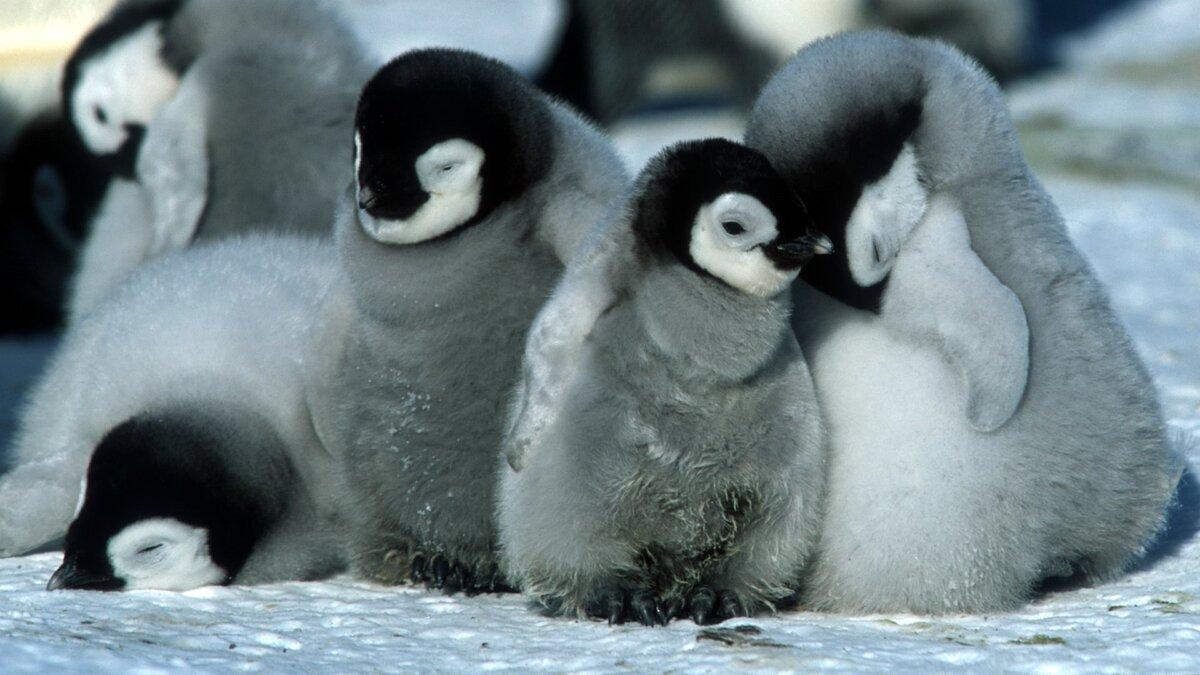
No Human Traits
Jacquet uses a good chunk of the first act with mid-range and close-up shots of the paired penguins “getting to know each other” through subtle mirrored body movements that often resemble swans. This is the first of many story “hooks” that ingratiate the on-screen subjects to the viewer. In the U.S. release of the film, this is done without a whiff of anthropomorphism, which is the forced act or attempt of transferring human traits upon animals.Contrary to popular opinion, the Emperor penguins do not mate for life, but remain monogamous for each individual year of their estimated 15–20 year life spans.
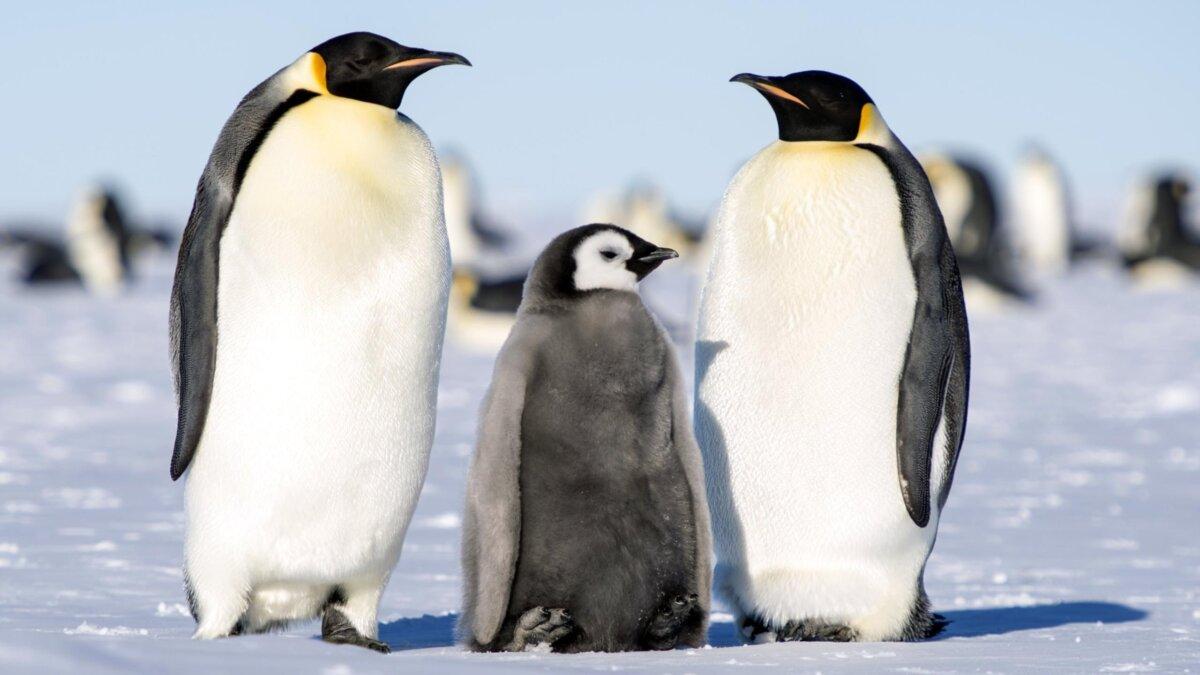
Both in 2005 and in recent retrospective reviews, I’m thoroughly baffled at the considerable number of critics that have discounted or outright slammed the movie for being too safe or sanitized. This couldn’t be further from the truth.
One of the many great aspects of the film is the measured balance Jacquet exhibits. There are moments (enough, but not too many) when some of the penguins and their offspring perish. Whether it’s because of nature’s unforgiving elements, predators on land, sea, or in the air, or through pure luck of the draw, death is included in this joyous celebration of life. In other words, it’s realistic.
International Release Differences
I recently watched the original French language version of “March” (“La Marche de l'empereur”) for the first time. The differences between it and the “Americanized” edition make it a totally different picture.In addition to being four minutes longer, Freeman’s narration is replaced by French actors Charles Berling, Romane Bohringer, and Jules Sitruk. They “voice” father, mother, and baby penguins. This might have worked for French speaking audiences, but it took me completely out of the moment. This was also done in the Spanish, Japanese, Hungarian, Cantonese, and German editions, with different voice actors.
For the Danish, Italian, Hindi, Swedish, Filipino, and Polish versions, only Freeman’s narration was replaced. From a marketing perspective, changing narrators makes sense and is relatively commonplace. However, making it appear that the penguins are speaking like humans lends the movie an ill-fitting, almost cartoonish quality.
The U.S. version features an engaging, eclectic score composed by multi-instrumentalist Alex Wurman. It seamlessly alternates between World, New Age, and traditional symphonic disciplines.
All other versions include a soundtrack composed and performed by French native Emilie Simon. The Experimental, Trip Hop, and electronic songs are alternately sung in English and French. I’m not a big fan of these genres, but they work well enough within the context of the film.

When watching, please be sure to stick around through the duration of the end credit sequence. This is where Jacquet includes “behind-the-scenes” footage of cinematographers Laurent Chalet and Jérôme Maison hauling equipment from here to there to everywhere under the most unforgiving circumstances.
It reminds us that everyone involved in this production wasn’t doing so for riches or fame, but rather their collective interest in the world they inhabit.

